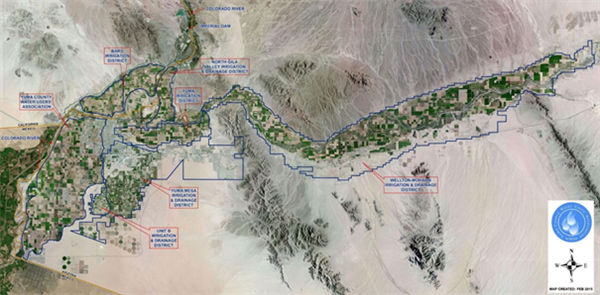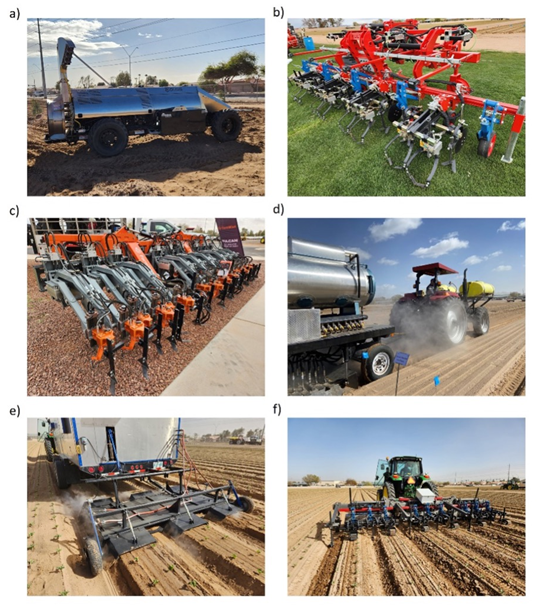Aug 7, 2024
2023 Fusarium wilt of Lettuce Field Trial
This study was conducted at the JV farms at Gila Valley. Lettuce variety ‘Guapo’ was seeded, then sprinkler-irrigated to germinate seed on September 19, 2023, on double rows 12 in. apart on beds with 42 in. between bed centers. Rest of the irrigation was supplied by furrow irrigation or rainfall. Treatments were replicated five times in a randomized complete block design. Each replicate plot consisted of 25 ft of bed, which contained two 25 ft rows of lettuce. Plants were thinned on October 9, 2023 at the 3-4 leaf stage to a 12-inch spacing. Treatment beds were separated by single nontreated beds. Treatments were applied by incorporating in soil before seeding or with a tractor-mounted boom sprayer that delivered 50 gal/acre at 100 psi to flat-fan nozzles spaced 12 in apart.
|
Month
|
Max
|
Min
|
Avg
|
Rain
|
|
September
|
100
|
71
|
86
|
0.71 in
|
|
October
|
93
|
61
|
77
|
0.00 in
|
|
November
|
80
|
51
|
65
|
0.08 in
|
|
December
|
71
|
44
|
57
|
0.82 in
|
Fusarium wilt (caused by Fusarium oxysporum f. sp. lactucae ) rating was done in the field by observing the typical symptom of lettuce wilt. Confirmation was done by cutting the cross section of roots. Disease scoring/rating was done on December 6, 2023.
The data in the table illustrate the degree of disease control obtained by application of the various treatments in this trial. The disease pressure was extremely high in 2023, and most treatments showed little or no control against the disease. The treatments that showed some activity were Bexfond, Cevya, Rhyme, and Serifel. Plant vigor was normal and phytotoxicity symptoms were not observed in any treatments in this trial.
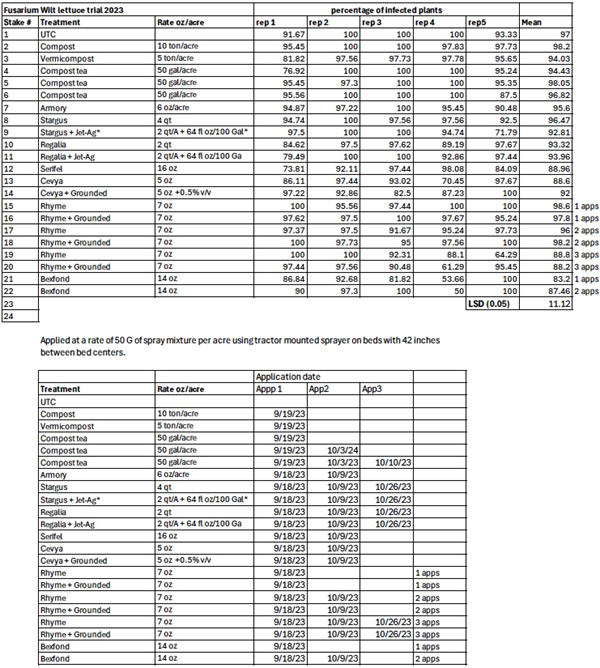
To contact Bindu Poudel go to:
bpoudel@email.arizona.edu
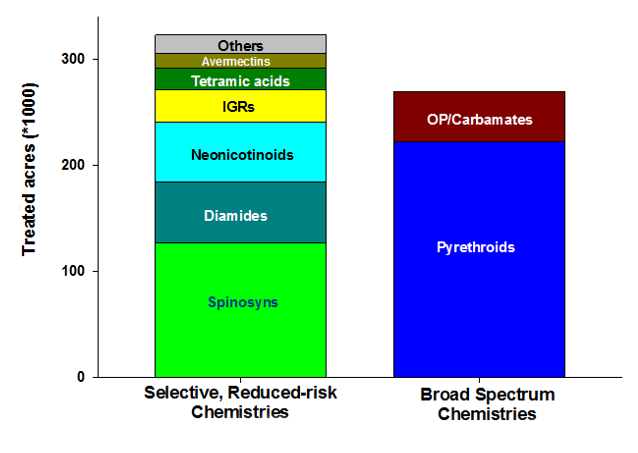
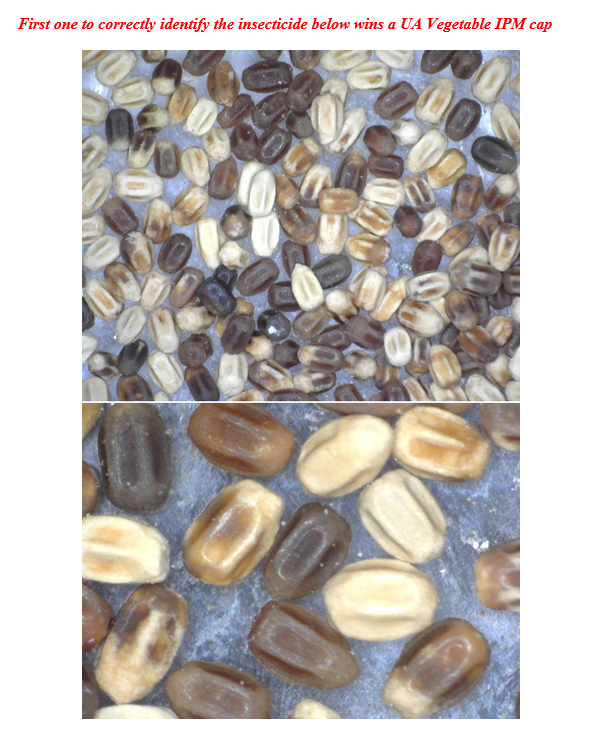 To contact John Palumbo go to: jpalumbo@ag.Arizona.edu
To contact John Palumbo go to: jpalumbo@ag.Arizona.edu



